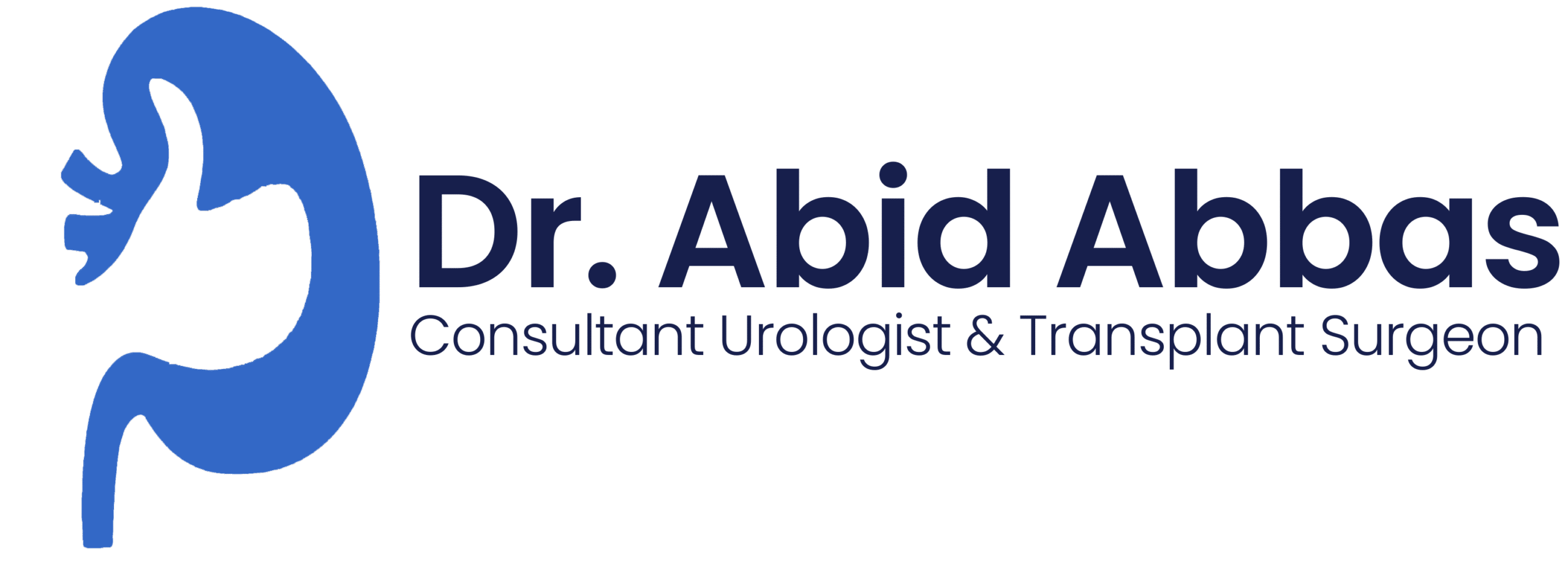Retrograde Intrarenal Surgery (RIRS): A Minimally Invasive Solution for Kidney Stones
RIRS is a laser-based endoscopic procedure used to treat kidney stones by accessing them through the natural urinary tract (urethra, bladder, and ureter). Unlike traditional surgery, RIRS requires no cuts, reducing recovery time and complications.
When is RIRS Recommended?
- Stones smaller than 2 cm (especially in the lower pole of the kidney)
- Stones that haven’t passed naturally
- Patients who cannot undergo shockwave lithotripsy (SWL) or PCNL
- Soft stones (uric acid or cystine stones)
- Abnormal kidney anatomy (e.g., horseshoe kidney)
How is RIS Performed
Here’s a step-by-step overview of the RIRS procedure:

Endoscopic Access & Stone Visualization

Fragmentation & Stone Removal

Stent Placement
The entire procedure usually lasts between 45 minutes to 2 hours, depending on stone size and location.
Frequently asked questions
Retrograde Intrarenal Surgery (RIRS) offers a safe, effective, and patient-friendly option for managing kidney stones without the need for incisions. With its high success rate and quick recovery time, RIRS is fast becoming the preferred choice for treating stones that are difficult to reach or don’t respond to other methods.
- ✅ Minimally invasive (no cuts or incisions)
- ✅ Shorter hospital stay (usually discharged within 24 hours)
- ✅ Faster recovery compared to traditional surgery
- ✅ Safe for high-risk patients
- ✅ Effective for stones in hard-to-reach kidney areas
Most patients experience minimal discomfort and can resume normal activities within a few days. However, you may notice:
Mild burning during urination
Blood-tinged urine for a few days
Increased urgency or frequency
If a stent was placed, it may cause some flank discomfort until it’s removed (usually after 1–2 weeks).
RIRS is generally safe, but like any surgical procedure, there are potential risks:
Urinary tract infection (UTI)
Ureteral injury or narrowing
Bleeding
Incomplete stone clearance (may require a second procedure)
Temporary discomfort due to the stent
These risks are rare and can usually be managed with follow-up care and medications.
